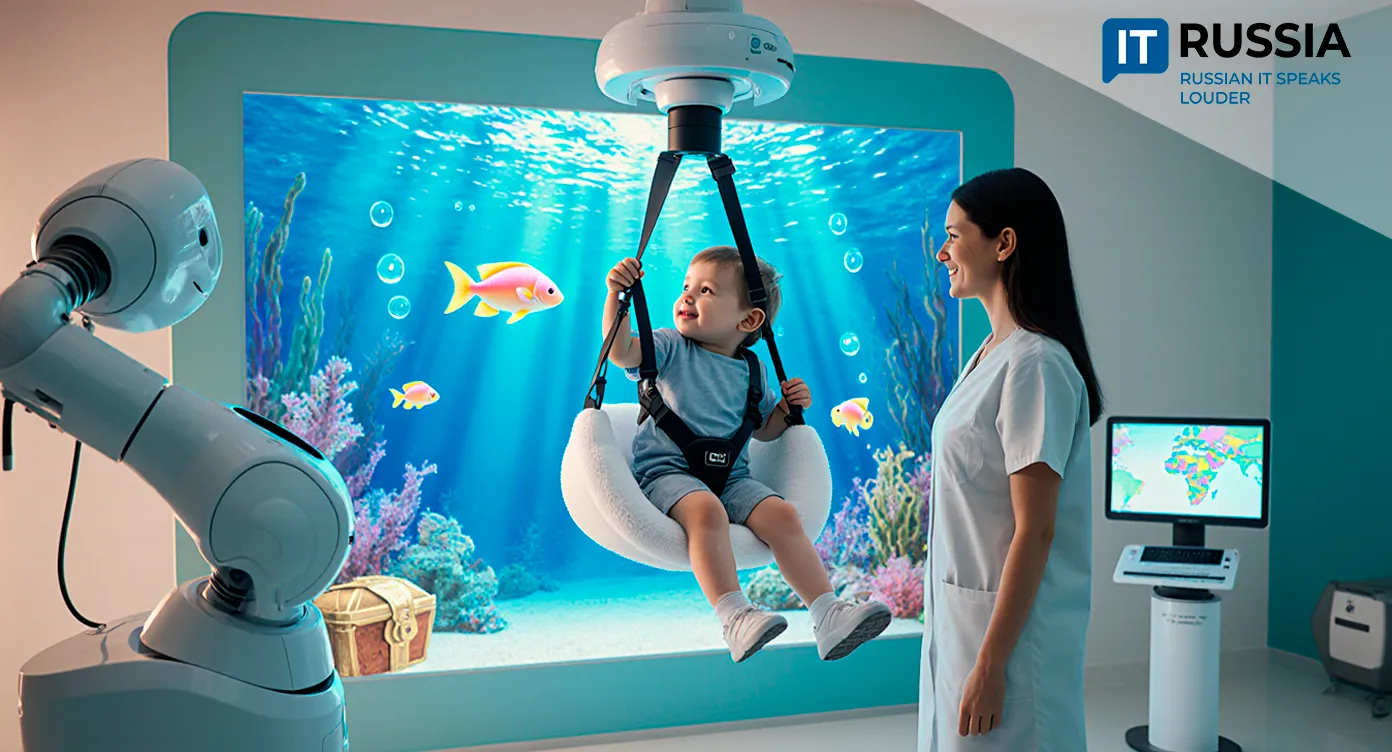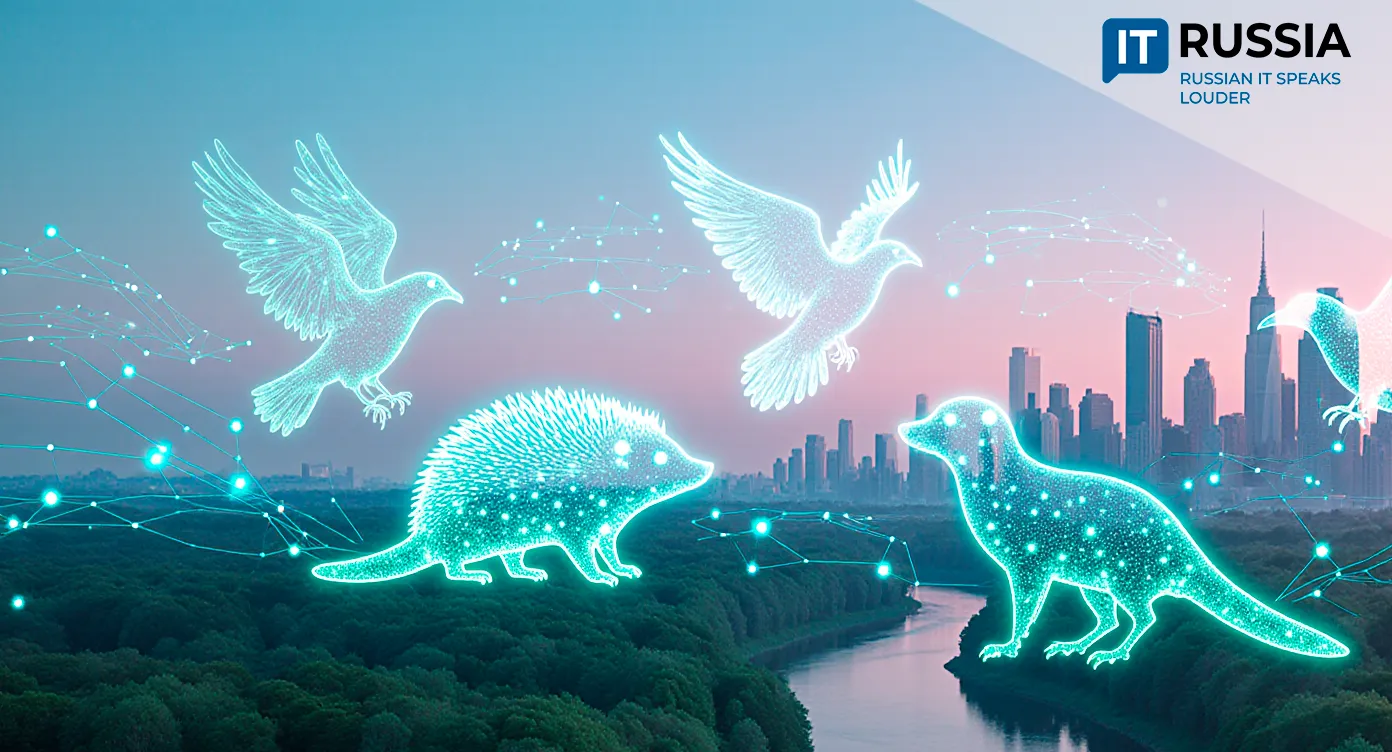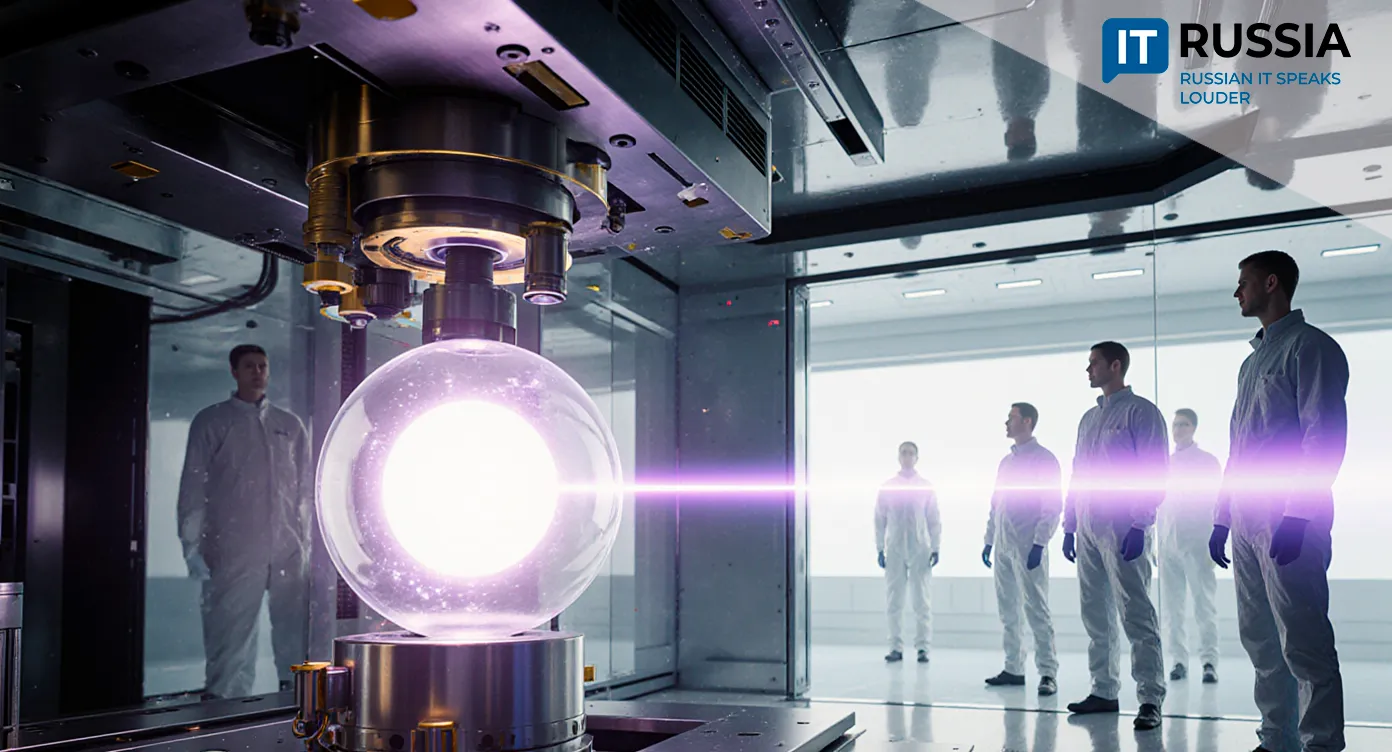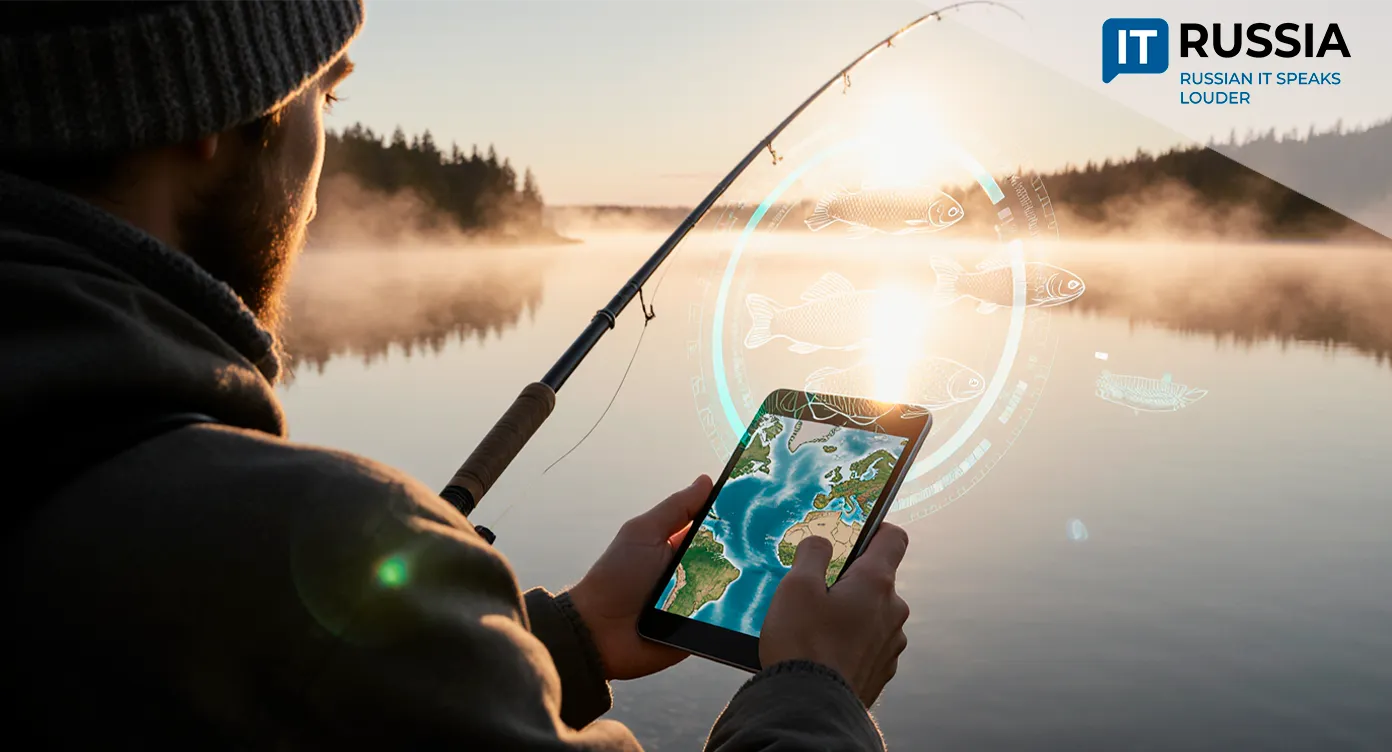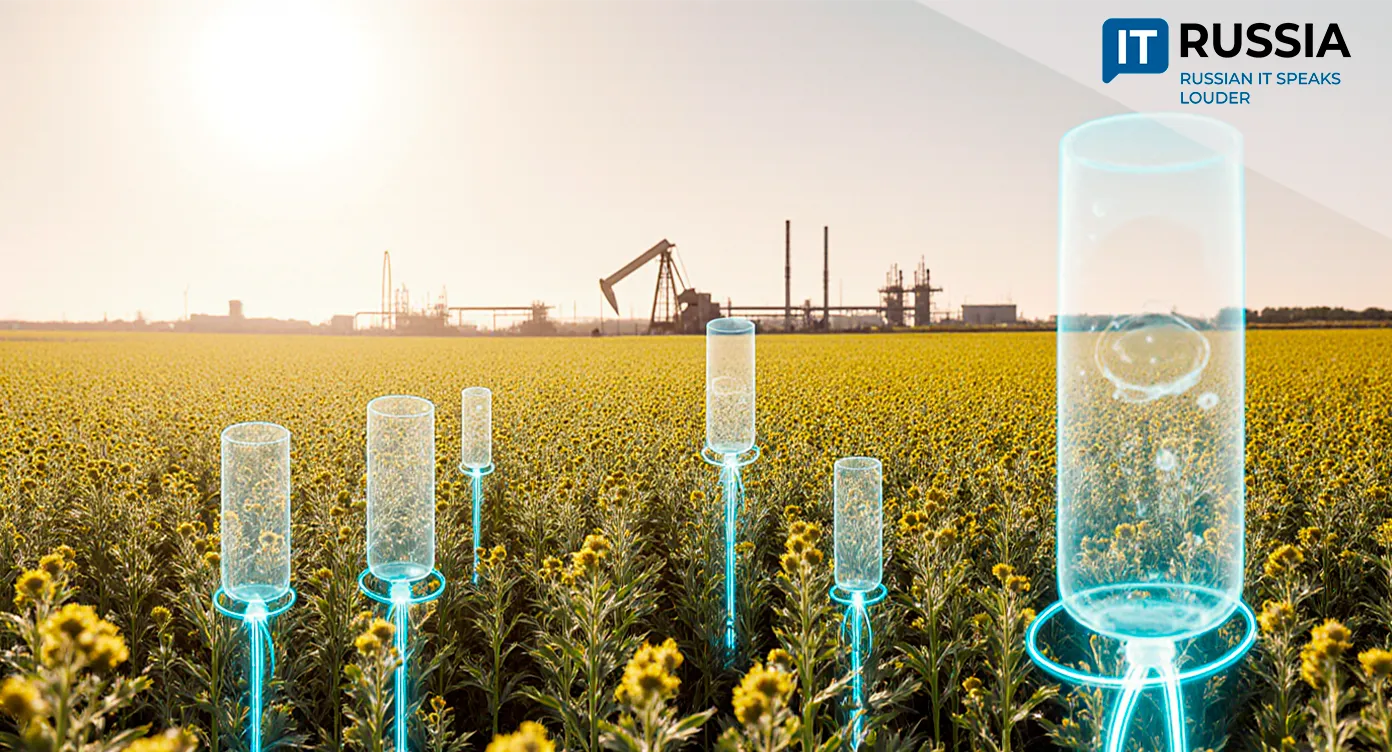AI ‘Cleanup Days’: Neural Networks Join the Fight Against Marine Pollution
In Russia’s far east, Kamchatka — famous for its volcanoes and geysers — is taking a high-tech step toward environmental protection. The Kronotsky State Nature Reserve has announced the expansion of its "Clean Coast" initiative, which now includes training for volunteers and protected-area staff in the use of artificial intelligence to help clean up marine debris.
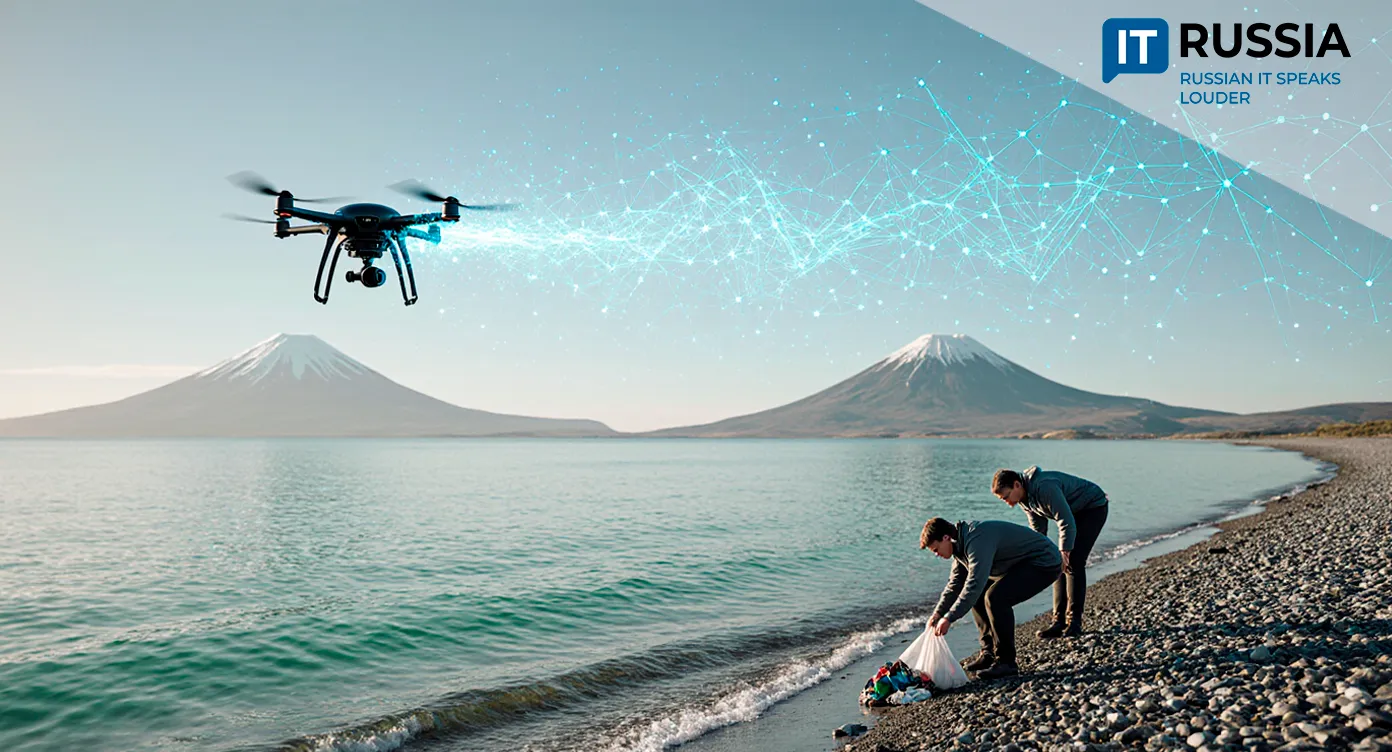
Precision Meets Preservation
"Clean Coast" builds upon an AI-powered marine debris detection and cleanup program launched in 2021 at the Kronotsky Reserve and the South Kamchatka Sanctuary.
According to the Coastal Cleanliness Index, all surveyed areas between 2023 and 2024 were rated "very clean". Yet, the sea continues to bring significant amounts of waste to these otherwise pristine shores. This year alone, about three tons of debris were collected along the Okhotsk Sea coastline of the South Kamchatka Sanctuary.
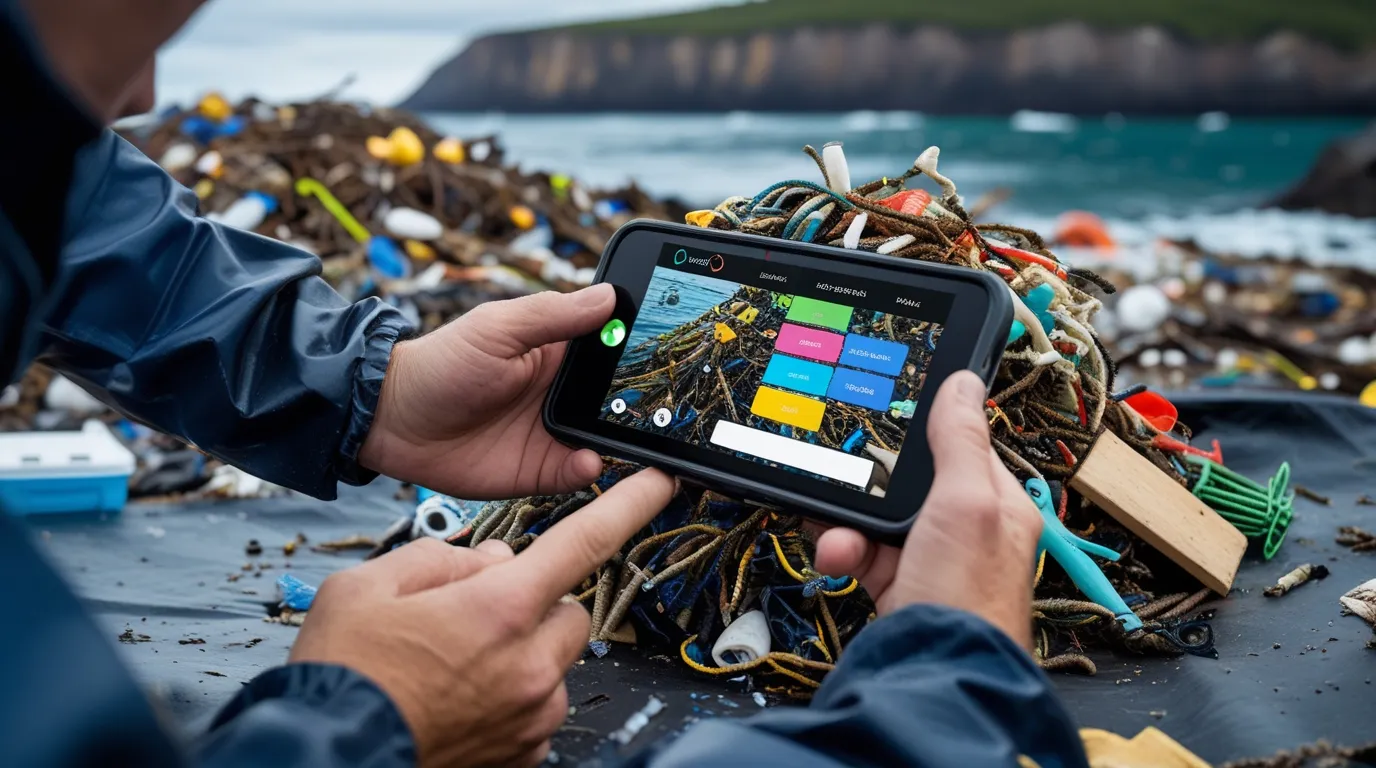
Plastic makes up roughly 85% of this waste — bottles, packaging, fishing gear fragments, and other discarded materials. Using satellite imagery and drone footage, the AI system can pinpoint debris clusters with remarkable accuracy, assessing volume, composition, and even predicting drift patterns based on ocean currents and weather conditions.
The project, supported by the Nature Defenders Fund and the Presidential Fund for Nature, will expand to other regions, including Primorsky Krai, Kaliningrad, and Dagestan. It also includes an educational component to train volunteers and activists in applying modern digital tools for environmental cleanup.
Every Screw in Sight
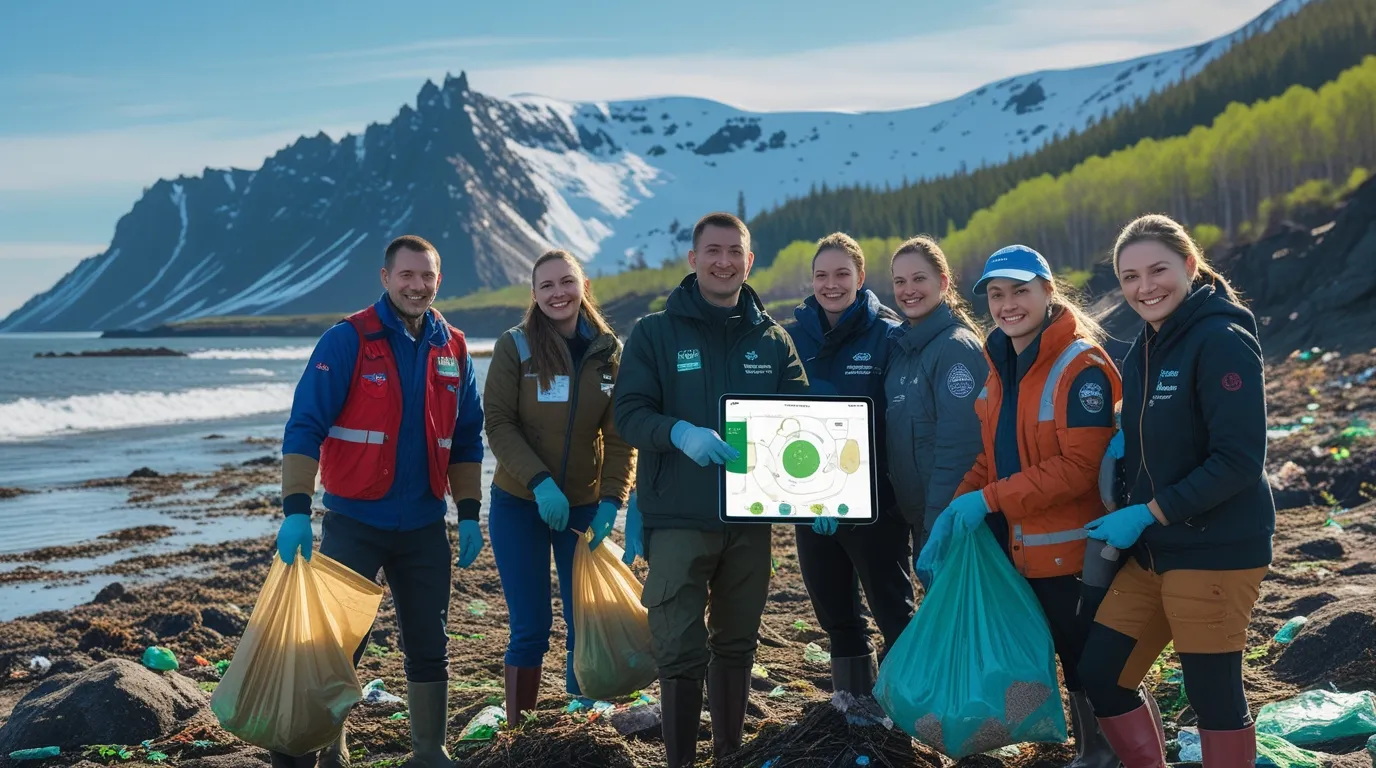
A key feature of the project is its reliance on Russian-made technology. In March 2025, Far Eastern Federal University, in collaboration with the Yandex School of Data Analysis, developed a neural network capable of detecting water pollution in hard-to-reach regions. The AI model maps debris coordinates, identifies composition and weight, and calculates the number of people and equipment needed for cleanup. This research became the foundation for practical use in protected natural areas.
By September–October 2025, the initiative will enter a new phase — large-scale cleanup events directly linked to neural network analysis. A successful partnership model, previously tested during campaigns in Seroglazka Bay with the participation of Rosprirodnadzor, banks, and environmental foundations, will now include this crucial "digital layer".
Cleaning the Future
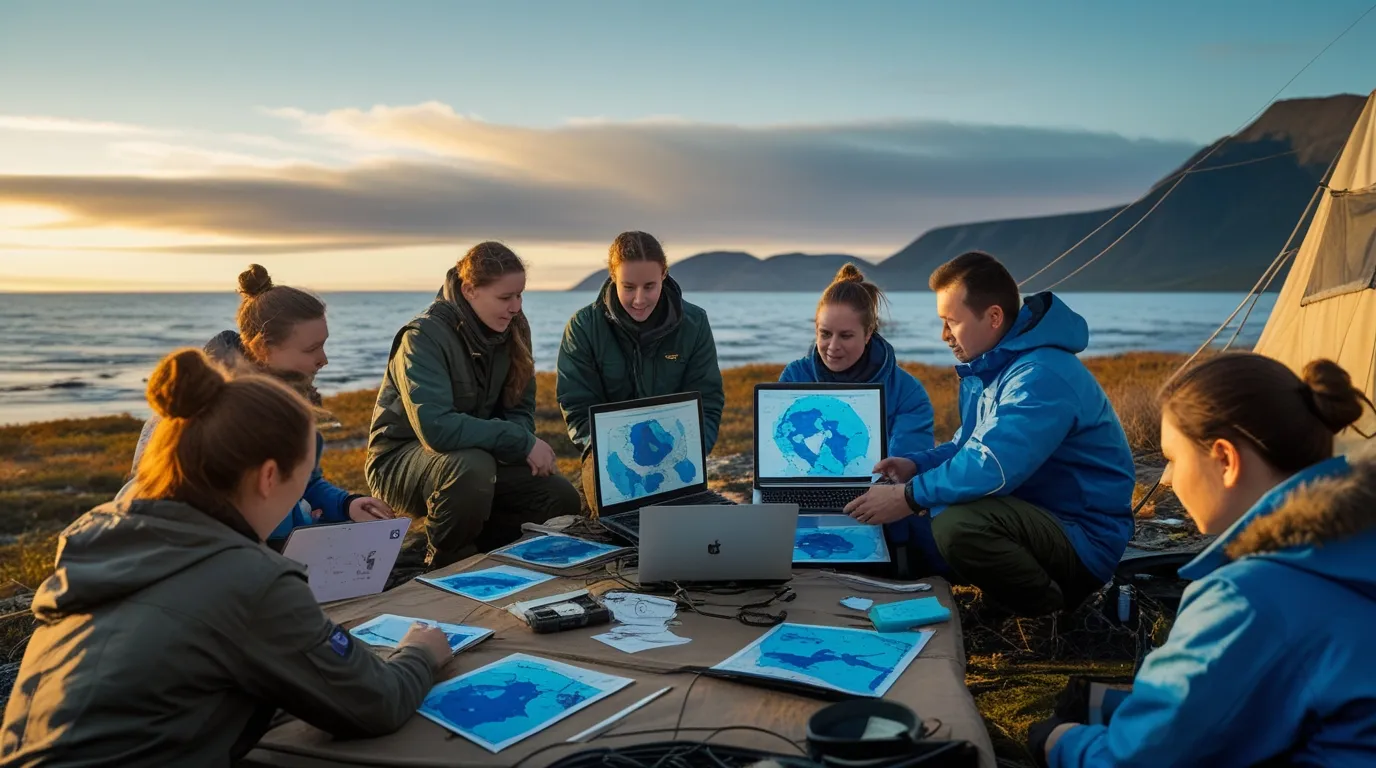
The Kamchatka case is more than just a local success — it’s a model for managing volunteer resources in remote, ecologically sensitive areas using advanced technology. The combination of human commitment and algorithmic precision sets a new benchmark for environmental initiatives worldwide. Kamchatka’s approach could prove invaluable for conservation agencies across northern and subarctic coastal regions facing similar challenges of scale and logistics.
The project demonstrates that the future of conservation lies in the synergy between human goodwill and artificial intelligence.











